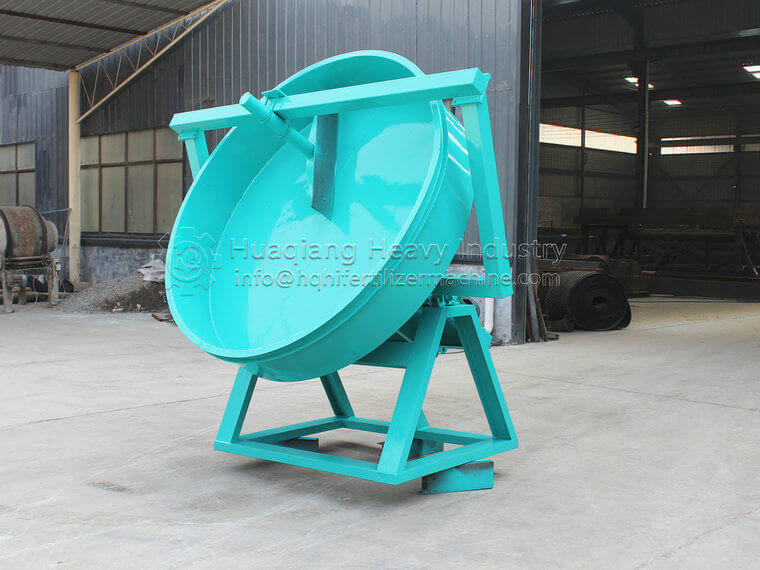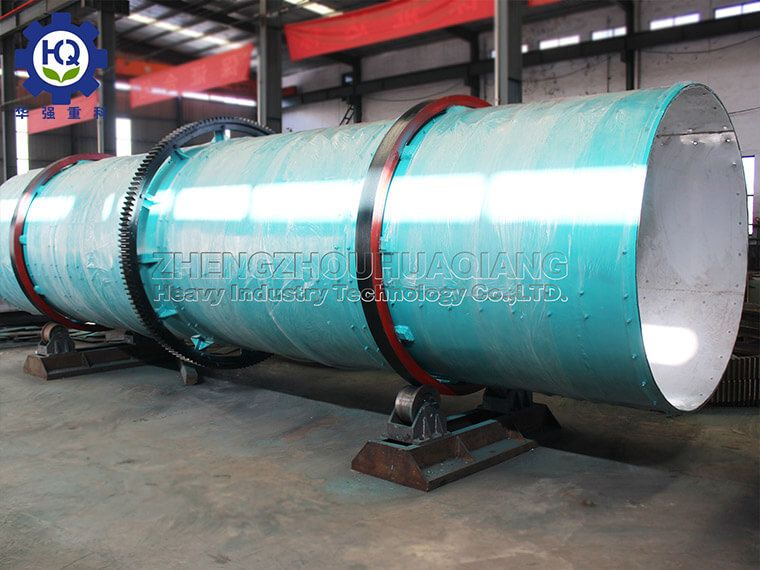Supporting equipment for fermenting pig manure and straw into organic fertilizer
Organic fertilizer refers to the use of crop straw and animal manure as the main raw materials, inoculated with microbial composite agents, and using biochemical processes and microbial technology to completely kill pathogenic bacteria and parasite eggs, eliminate odor, use microorganisms to decompose organic matter, convert macromolecular substances into small components, and then achieve the purpose of deodorization, maturation, dehydration, and drying, making organic fertilizer with excellent physical properties, carbon nitrogen ratio, and fertilizer efficiency. Bioorganic fertilizer belongs to the category of biological fertilizers, and its differences from microbial inoculants mainly lie in aspects such as bacterial strains, production industry, and application technology.
Unfermented and decomposed animal manure contains pathogens and pests such as Escherichia coli and nematodes. If used directly, it can lead to the spread of diseases and pests, crop diseases, and even cause phenomena such as burning roots and seedlings.
Organic matter needs to be broken down into small molecules of carbon by beneficial microorganisms in the soil before it can be absorbed by crops, while uncooked and fermented feces contain a large amount of diseases and pests such as Escherichia coli and nematodes, which can kill beneficial microorganisms in the soil; And some commercial sheep manure organic fertilizers, due to the rough fermentation process, although diseases and pests such as Escherichia coli and nematodes are killed, beneficial bacteria are also killed..jpg)
The supporting equipment for fermenting pig manure and straw into organic fertilizer generally includes: 1. Forklift (available for purchase) 2. Organic fertilizer tipping machine 3. Quantitative feeding vibrating silo 4. Organic fertilizer crusher 5. Drum screening machine 6. Belt conveyor 7. Electronic dynamic batching scale (optional) 8. Mixing mixer 9. Organic fertilizer granulator 10. Drum dryer 11. Drum cooling machine 12. Coating machine (optional) 13. Automatic quantitative packaging machine


.jpg)
.jpg)

.jpg)
.jpg)

.jpg)